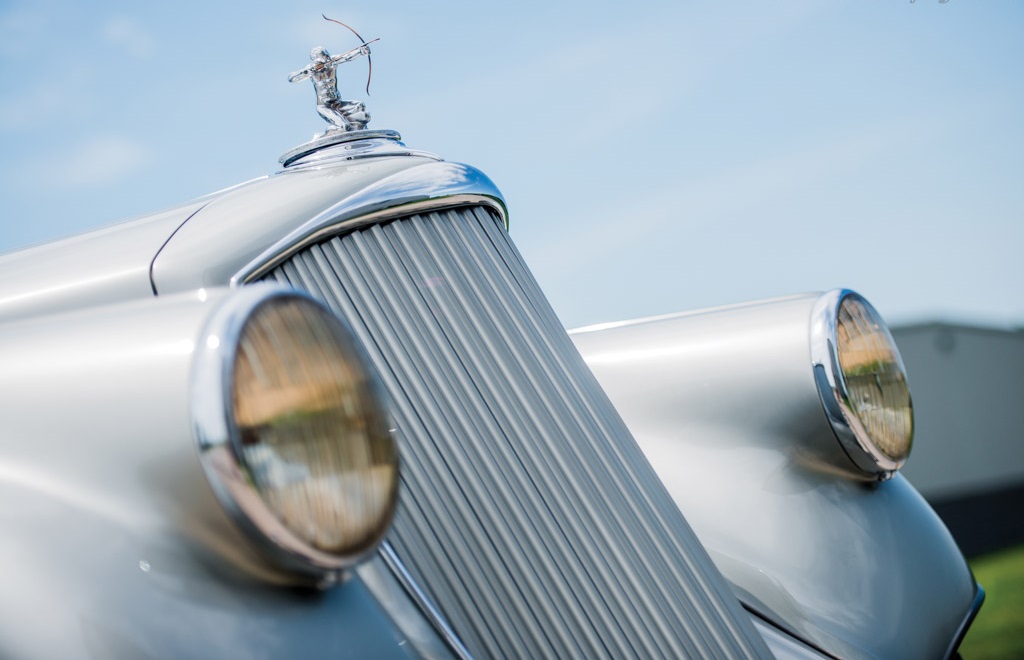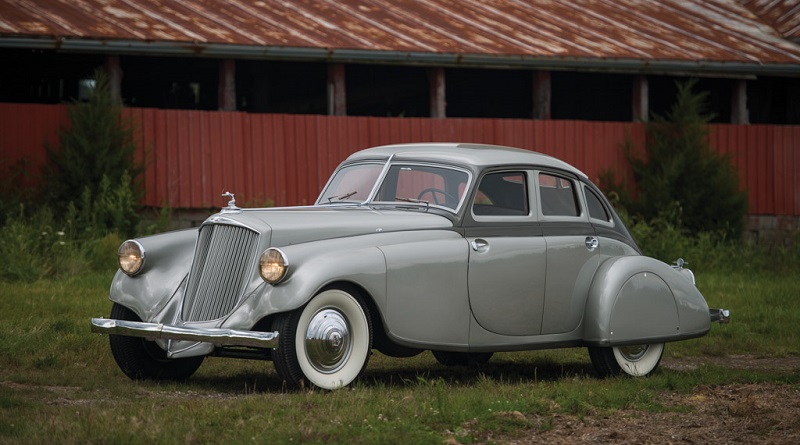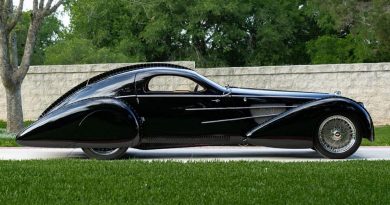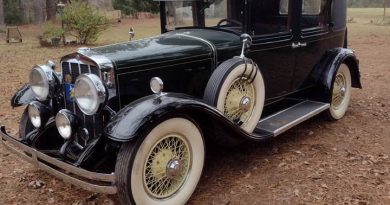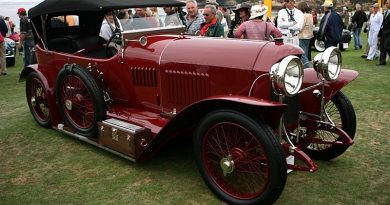1933 Pierce Silver Arrow Town Car
This Silver Arrow is recognized as being body number 1, the first Silver Arrow produced, and was used to debut the wild new ideas at East Coast auto shows during 1933, including both New York and Boston. Pierce-Arrow clientele were notoriously conservative and not really the people who bought super-streamlined dream machines — something Pierce-Arrow would realize in the months that followed.
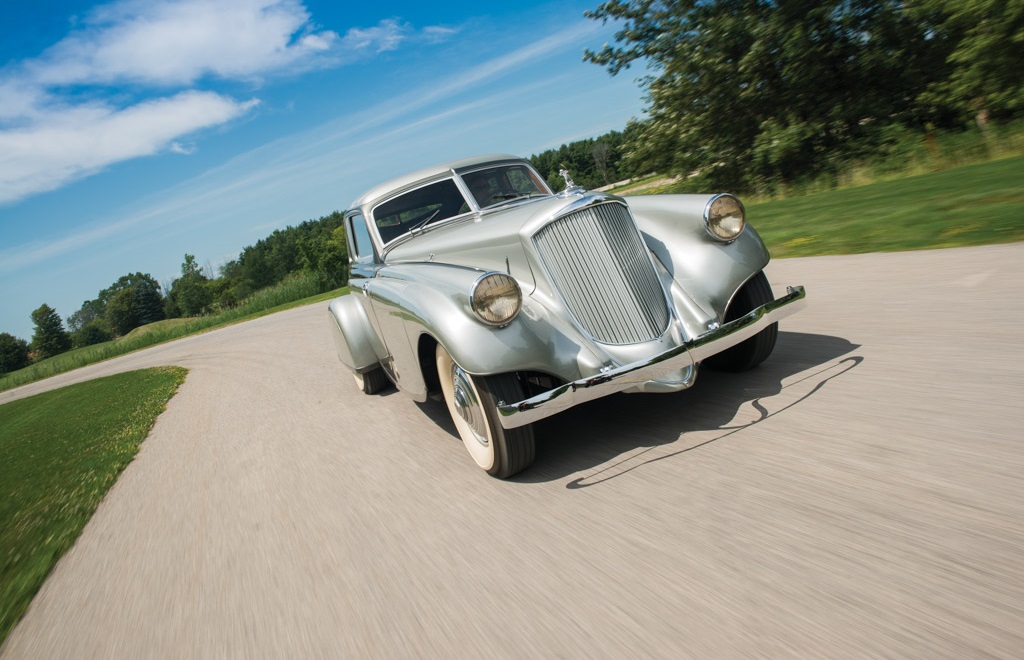
Not merely an automobile, the Silver Arrow could be considered an Art Moderne monument and a symbol of the streamlined age at its finest and most audacious. Treasured and shown for over two decades but never sold, it was offered with considerable pride in what it has always been, first and foremost: a show stopper.
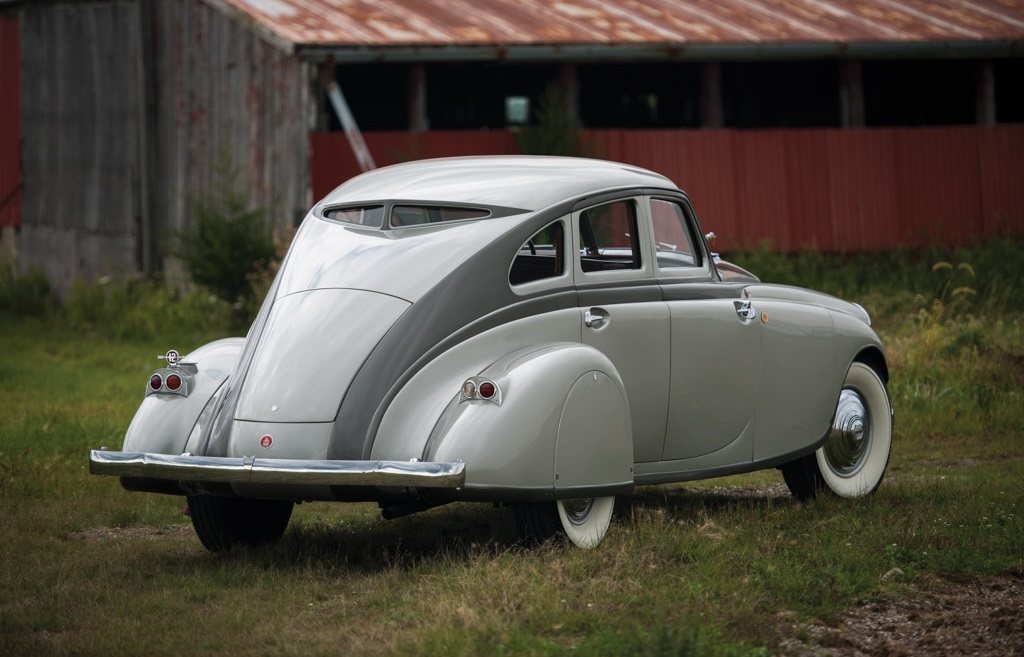
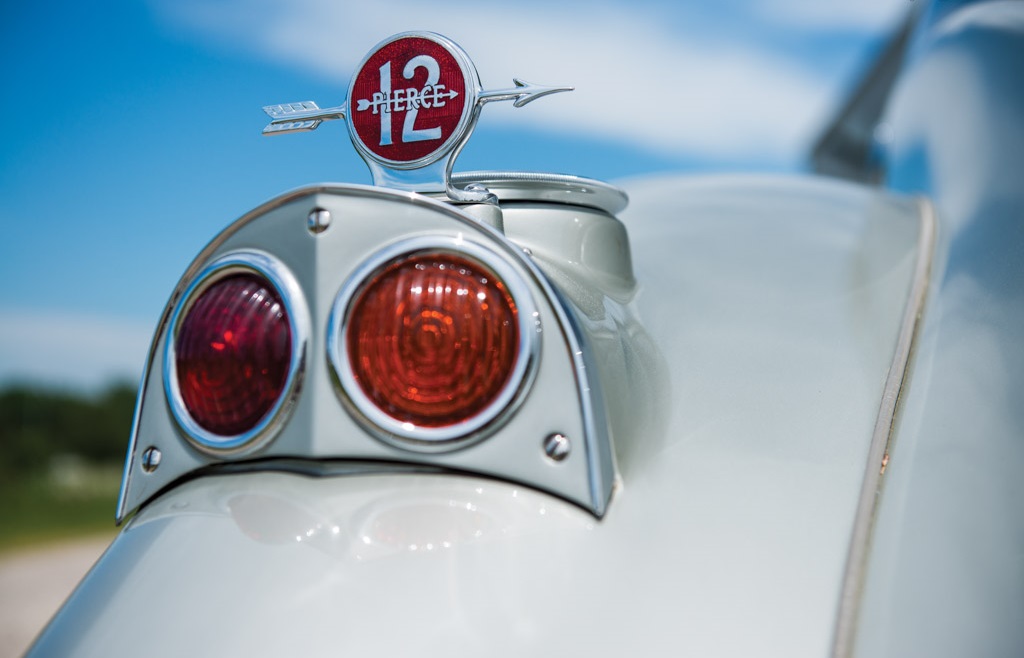
The Silver Arrow’s body was an all-steel construction that was completely built in-house. It was mounted on the top-of-the-range ‘1236’ model chassis. A wholly conventional design, it used a steel ladder frame, supported by solid axles with semi-elliptic leaf springs on both ends. Power came from a 7.6 litre V12 engine with a relatively wide V-angle to allow for lower bodies to be fitted. Although relatively compact in appearance, the completed Silver Arrow tipped the sales at 2,314 kg (5,102 lbs).
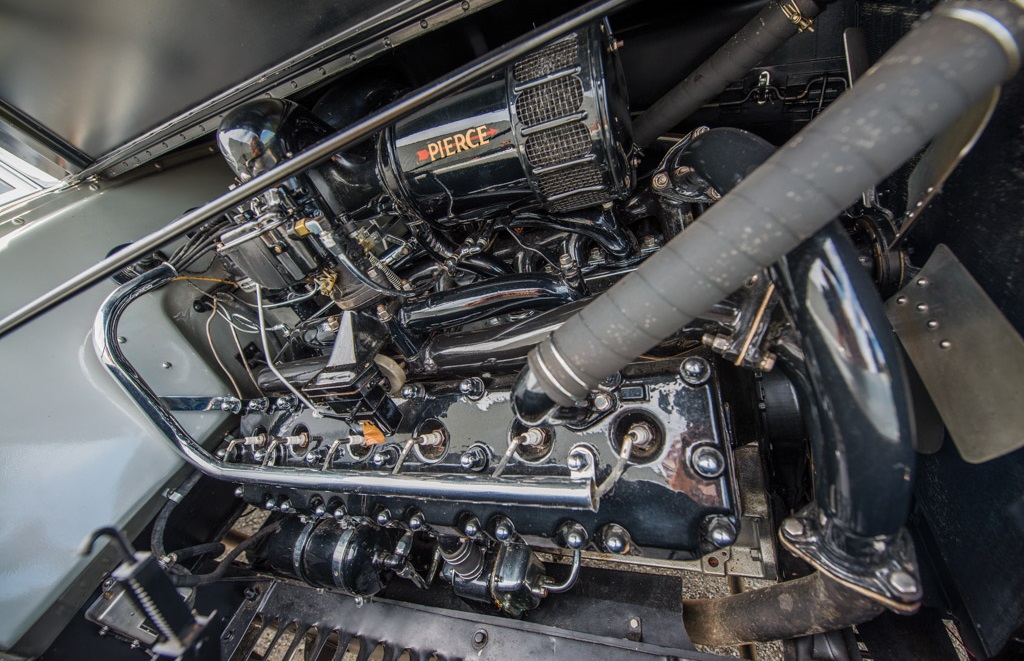
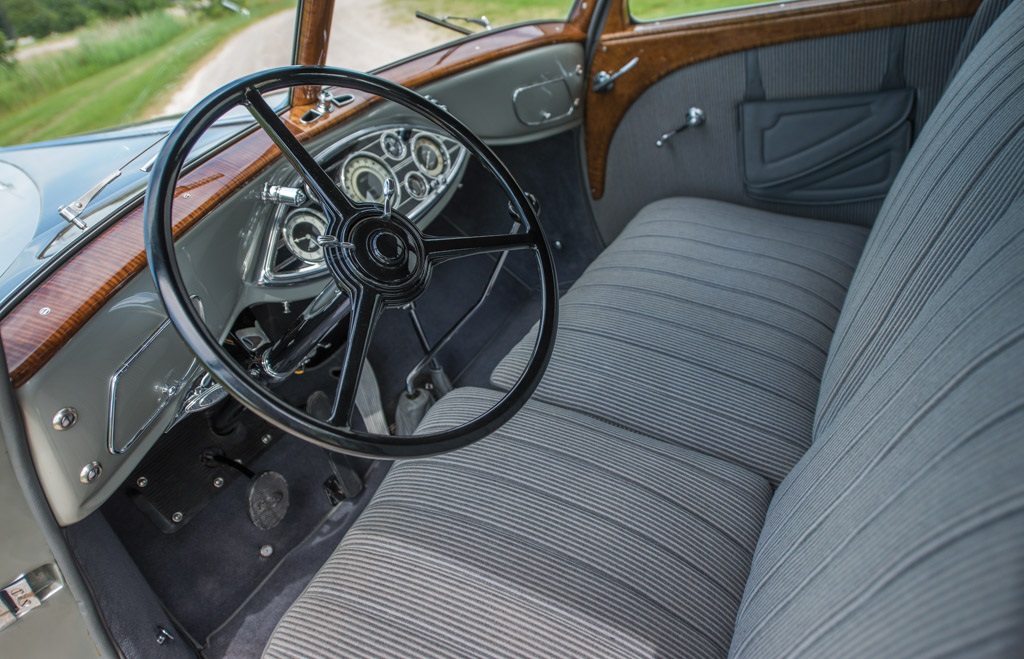
Following the initial spike in sales, Pierce-Arrow’s figures gradually returned to normal in 1933 and to make matters worse parent company Studebaker was forced to declare bankruptcy that Spring. A group of Buffalo bankers and businessman acquired Pierce-Arrow. Banking on the Silver Arrow’s fame, the company introduced a production model for the 1934 model year. Available with a variety of engines, it bore only a passing resemblance to the 1933 show car.


All of the valiant attempts to restore Pierce-Arrow to its former glory did eventually fail and the factory closed its doors for a final time in May of 1938. The Silver Arrow had promised 1940 in 1933 but unfortunately the company was no longer around to see this come true. Its styling proved a great influence, starting the aerodynamic craze of the mid-1930s and providing a look ahead to the integral body design that would become the norm after the War.
